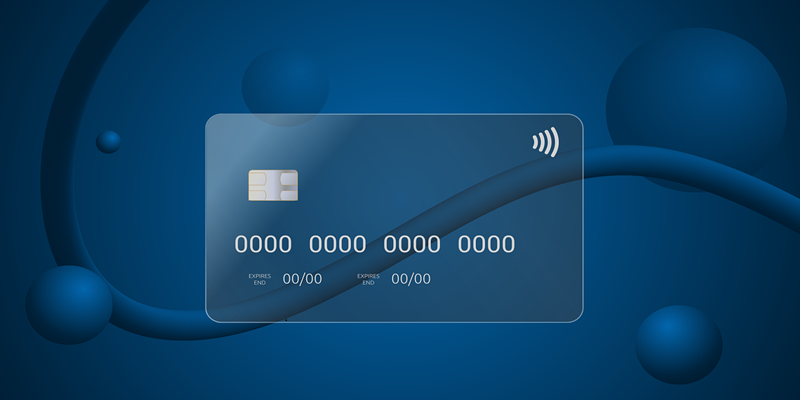The telematics sector is undergoing a massive transformation, driven by advancements in financial technology (FinTech). As digital payments, blockchain, and AI-powered analytics become more sophisticated, telematics companies are leveraging these innovations to enhance efficiency, security, and customer experience.
The Rise of Embedded Payments in Telematics
One of the most significant FinTech trends impacting telematics is the integration of embedded payments. Modern telematics systems now allow users to pay for services—such as tolls, parking, and fuel—directly through their connected devices.
For example, fleet management platforms are incorporating digital wallets and automatic payment processing. This reduces manual transactions, minimizes errors, and speeds up operations. Additionally, subscription-based telematics services are adopting recurring billing systems, making it easier for customers to manage payments.
How Embedded Payments Improve User Experience
- Faster transactions – Eliminates the need for physical cards or cash.
- Enhanced security – Tokenization and encryption protect sensitive financial data.
- Seamless integration – Works with existing telematics platforms without requiring additional hardware.
As embedded finance grows, telematics providers will continue to adopt frictionless payment solutions, further streamlining user interactions.
Blockchain for Secure and Transparent Data Sharing
Blockchain technology is making waves in telematics by enhancing data security and transparency. Given that telematics relies heavily on real-time data from vehicles, ensuring its integrity is crucial.
Key Benefits of Blockchain in Telematics
- Tamper-proof records – Immutable ledgers prevent fraudulent data manipulation.
- Smart contracts – Automate processes like insurance claims and toll payments.
- Decentralized data storage – Reduces the risk of single-point failures.
For instance, usage-based insurance (UBI) providers use blockchain to verify driving behavior data, ensuring accurate premium calculations. Similarly, logistics companies leverage blockchain to track shipments securely, reducing disputes over delivery conditions.
As blockchain adoption increases, telematics systems will become more resilient against cyber threats while improving trust between stakeholders.
AI and Machine Learning for Predictive Analytics
Artificial intelligence (AI) and machine learning (ML) are transforming telematics by enabling predictive analytics. These technologies analyze vast amounts of data to forecast trends, optimize routes, and even predict vehicle maintenance needs.
Applications of AI in Telematics
- Risk assessment – AI evaluates driver behavior to adjust insurance premiums dynamically.
- Fuel efficiency optimization – ML algorithms suggest the best routes to reduce costs.
- Predictive maintenance – Identifies potential vehicle issues before they lead to breakdowns.
Insurance companies, in particular, benefit from AI-driven telematics. By analyzing real-time driving data, insurers can offer personalized policies, rewarding safe drivers with lower premiums.
Usage-Based Insurance (UBI) and Dynamic Pricing Models
Usage-based insurance (UBI) is a game-changer in the telematics sector. Instead of fixed premiums, insurers now adjust rates based on actual driving behavior. This model relies on telematics data to assess risk accurately.
Why UBI is Gaining Popularity
- Fairer pricing – Drivers pay based on how safely they drive.
- Encourages safer habits – Real-time feedback helps drivers improve.
- Cost savings – Low-mileage drivers benefit from reduced premiums.
FinTech innovations like mobile apps and IoT sensors make UBI possible. As more insurers adopt this model, traditional auto insurance could become obsolete.
Contactless Payments and Digital Wallets for Fleet Management
The shift toward cashless transactions has influenced telematics, especially in fleet management. Digital wallets and contactless payments simplify transactions for drivers and fleet operators.
Advantages of Digital Payments in Fleet Operations
- Reduces cash handling risks – Minimizes theft and fraud.
- Streamlines expense tracking – Automated records simplify accounting.
- Improves efficiency – Drivers spend less time on manual payments.
Companies like Uber and Lyft already use in-app payment systems, and commercial fleets are following suit. As digital payment infrastructure expands, telematics will further integrate these solutions.
Regulatory Technology (RegTech) for Compliance
With increasing data privacy laws (like GDPR and CCPA), telematics providers must ensure compliance. Regulatory technology (RegTech) helps companies automate compliance processes, reducing legal risks.
How RegTech Supports Telematics
- Automated data governance – Ensures adherence to privacy laws.
- Fraud detection – Identifies suspicious activities in real time.
- Audit trails – Maintains transparent records for regulatory reviews.
As regulations tighten, telematics firms will rely more on RegTech to avoid penalties and maintain customer trust.
Open Banking and Telematics Integration
Open banking allows third-party financial services to access banking data (with user consent). In telematics, this enables seamless payment solutions and personalized financial products.
Potential Use Cases
- Automated toll payments – Linked directly to bank accounts.
- Customized insurance plans – Based on spending and driving patterns.
- Fleet financing solutions – Real-time credit assessments for logistics companies.
As open banking expands, telematics platforms will offer more integrated financial services, enhancing convenience for users.
Conclusion
The intersection of FinTech and telematics is reshaping the industry. From embedded payments to AI-driven analytics, these innovations are making telematics more efficient, secure, and user-friendly.
Thus, we can expect even deeper integrations between financial services and telematics. Companies that embrace these trends early will gain a competitive edge, offering superior solutions to their customers. By staying ahead of these trends, businesses can unlock new opportunities while delivering exceptional value to their users. Whether it’s through blockchain, AI, or dynamic insurance models, the synergy between FinTech and telematics is set to revolutionize the sector.
Would you like insights on how to implement these trends in your business? Let us know in the comments!



































